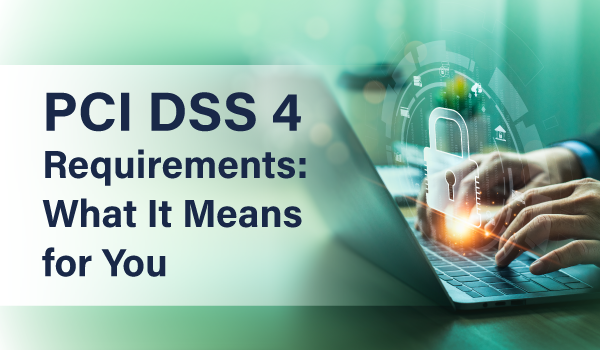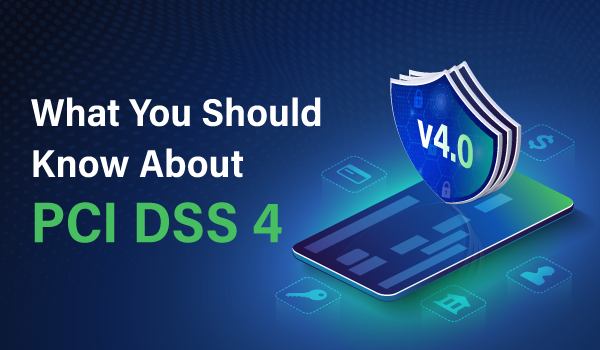3 min read
While you are reveling in the holiday season and all of the shopping deals it has to offer, also consider sharing these tips to help family and friends stay safe when they head out on the hunt for the perfect gift.
Though there are many companies out there responsible for securing merchant locations from the risks of data breaches, people’s own risky behavior often leads to their ID theft problems, no matter how well merchants protect them.
And with more and more merchants accepting chip cards this year, hackers are likely to go back to tried and true methods for preying on individual cardholders.
Here is a simple checklist of dos and don’ts to help make sure your credit card information doesn’t become a nicely wrapped present for some hacker.
1. Don’t buy or bank through free Wi-Fi hotspots
Hackers snoop public Wi-Fi connections and even create their own fake hotspots. The risk is that everything you do is visible to data thieves, including login information for bank accounts, email, or your credit card numbers.
Save your online shopping for a trusted network like your home or office, or a known network that is password-protected.
2. Use chip cards when you can
Chip cards are here because they are much more secure for in-store payments. Really. So, insert if you can, instead of swiping.
3. Set email or text alerts for your cards
Did you know most data breaches are not discovered by the breached company, but by someone else?
So, take responsibility for your own safety. Many credit and debit card companies let you set an alert for card usage. Sign up and see what is happening on your account instantly.
4. Don’t let the Grinch steal your data
Phishing remains the top way hackers put malware—bad software used to steal your sensitive data—on your PC. Hackers create new attacks much faster than anti-virus programs can find them and update their software to protect you from the latest “zero-day” threat.
Try not to click on links; instead go to the company’s website yourself to login. Or at least mouse over links and make sure they really are going to the company you think sent you the email.
And do not click on attachments from suspect sources.
5. “S” is for secure in website addresses
Make sure you are connecting with online merchants and banks over a secure web channel. Look for “https” in the address. That means you have a secure connection and hackers cannot snoop your data.
So if you want to make sure all of your personal information is safe this holiday season, be sure to remember these easy steps. Never let your guard down, not even for one second, because the one step you skip could lead to the one time a hacker chooses you.


